History of Sari
Sari has more than 5000 years of existence record since the Indus Valley civilization (3300-1300 B.C.E). The Indian saree is one of the oldest garments in the world since its existence.
Also, many people believe that Alexander The Great brought this culture to India in the 2nd century BC. Many Greek ladies in the Mauryan court wore a long cloth piece called ‘Chiton’ as a pleated skirt and draped over one shoulder. Many Mauryan emperors married Greek women. This influenced the style of India and South Asia.
Many Indian goddesses depict themselves wearing sarees. Sari is also considered a sacrificial offering to the gods. The sari or saree is a traditional garment of India, Sri Lanka, Pakistan, Bangladesh, and Nepal. Many women in India still wear it proudly as daily wear or occasional wear. According to Indian women, a lady looks complete when draped in a saree and adorned with ornaments and Bindi on her forehead.
Today, the saree has been transformed by designers across the world. From the streets to the runways, the saree has been through various transformations and is still going. But still, it comes under as a classic piece of clothing.
It has the great ability to warm us in winter and cool us in summer. Most South Asian women prefer it as their suitable attire because of its professional and aesthetically stylish appearance. Here we share some interesting facts that we can bet you never knew about sarees. Here we are with the Indian Sari Then and Now a fashion resolution that changes lots within fashion.
9 Interesting Facts About Sari that you Never Knew!
-
Sari is Much More Than a Piece of Handwoven Cloth’
Traditionally, the sari is an unstitched fabric. The weaving of saris is done by handlooms and mills. Sari has been into various materials like cotton, silk, synthetic fibers, etc., therefore it is hard to find a pure form of sari. The reality is that millions of women wear 100% polyester saris for less than $10.
-
Sari has 100 Ways of Draping – Indian Sari Then and Now
Generally, many people think that there is only one way to drape a sari. I.e., the Nivi drape. But actually, there are hundreds of ways to wear it. Mostly, drapes are region and area-specific, just like our languages. Also, there are many drapes in existence that are not officially on the papers.
-
A Saree Ranges from 3.5 Yards to 9 Yards in Length.
We often think that a sari is 9 yards only. But what we don’t know is that the sari ranges from 3.5 yards to 9 yards in length. It can have draping done in various styles and this requires different lengths.
-
You can wear a Sari Without Using Zero Safety Pins.
People think that wearing a sari requires a dozen safety pins. And the risk of falling off makes the sari look stiffer. Safety pins make the garment rigid. Sarees are flowy in nature.
-
Sari Does Not Require any Petticoat or Blouse.
In earlier times, before the British Raj, women used to wear sarees without blouse petticoats. But during the Victorian era, baring the chest was seen as bad. Then the trend of sarees with blouses & petticoats came in. Even today, in many rural areas, old ladies wear sarees without any other covering. As the piece is actually enough to cover the body, you don’t require anything else.
-
Millions of Weaver’s Jobs are Based on Sari Weaving.
In India, the maximum income generation in the textile sector is dependent on saree weaving. According to the textile ministry, there are 11 million craftsmen who work as employees in the embroidery and handloom sectors of India. Even handloom weaving is the most ancient craft that Indian weavers have inherited from generation to generation.
-
The Sari is Actively Been Easy to Experiment with & Remains a Huge Topic.
Nowadays, many people think that sari fashion has turned over to contemporary styles. Designers are continuously introducing easier saree draping techniques. Especially in cities, ladies are turning towards new forms of sari draping styles. Like pant sarees, dhotis sarees, ready-to-wear sarees, etc. So sari is actively touched by ace designers and new ones as it’s easy to do experiments with it. But you need to realize that there is a huge shift in garment aesthetics.
-
Sarees Connect Emotionally with Every Indian Woman.
For a long time, sarees have been a heritage that keeps passing on from one generation to the next. Ladies of the family give other ones as gifts or trousseau for sentimental feelings. These saris evoke nostalgic moments related to events or grandmother’s memory. Like many other garments, sarees are deeply connected to the memories of every Indian woman.
Below, Maps feature the important Sarees of India.

Let’s Talk About Drapes with Indian Sari Then and Now!!!
Here in India, one can understand the vastness of sarees. Each woman from a different community has her own drape. Maharashtrian women’s saree draping is a far way different from Kerala’s draping. Sari has different names like-Lugda, dhoti, pata, seer, sadlo, kapad in various parts of our country.
There are many drapes which we all know. Some drapes represent the states of India. But some are still undiscovered and unauthorized. But here we are going to talk about the left ones. As well, you get to know above that there are more than 100 sari drapes. But we just know a few of them.
Also, online firm Border & Fall digital platform has released a film named-‘the Sari Series’. It is a non-profit film that spreads knowledge about never heard of regional drapes and saree styles. This film has 80 short films in it.
Let’s have a look at various drapes of sarees from different cultures:-
Traditional Indian Saree Drapes – Indian Sari Then and Now
When it comes to draping a saree in a good manner, we all think twice before we do it. Along with these all, we are getting confused about choosing the best pair of saree from the thousands of best designs for any sort of event.
Gujarati Saree – Sidha Palla Drape
Gujarat is known for its vivacious culture. Gujarati women’s outfits are so vibrant and vivacious that they may leave anyone speechless with their looks.
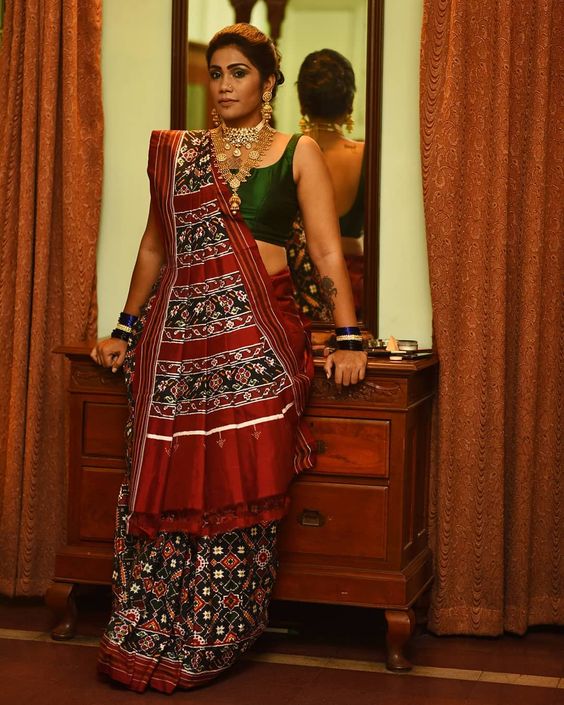
Gujarati women typically drape their sarees in a way known as “front pallu style” or “seedha pallu style,” in which they pin the pallu to their shoulder towards the front and tuck it to their waist on the other end. Few women like to wear their sarees with a falling pallu or different draping techniques.
Maharashtrian Saree – Nauvari Saree Drape
Maharashtrian saree drapes are named Nauvari. Basically, you can drape a Maharashtrian saree in three different ways with all the grace.
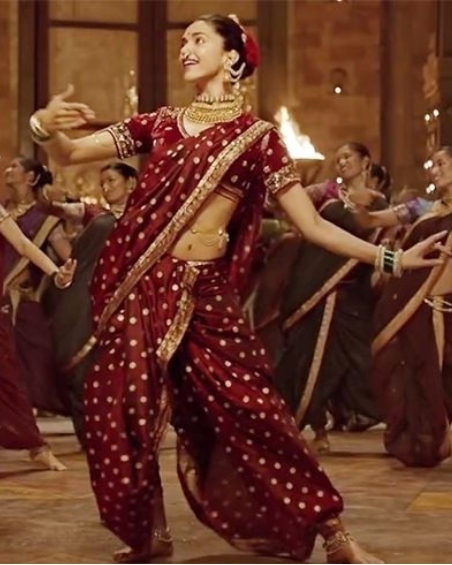
The Nauvari saree is a traditional saree from Maharashtra, India, and is noted for its long length of 9 yards (8.23 meters). A regular saree is 5.5 meters or 6 meters long, but a Nauvari saree is 8 meters or longer. Women enjoy wearing Maharashtrian saree types to traditional events such as festivals and weddings. We will exhibit three multiple options of drape a Navwari saree. Using three different saree fabrics or saree kinds.
Bengali Saree – Bengali Saree Drape
Bengal is a land rich in literature and art. A proper Bengali saree can be styled in 5 different styles. Hence, these all drapes are looked too amazing, gorgeous, stunning, and mind-blowing in their own way.

Its artistic ideals are mirrored in its people’s way of life. The different method of how to drape a Bengali saree displays its eye for the art of draping as well. The fundamental method of how to wear a Bengali saree step by step may be broken down into a few simple steps.
South Indian Saree – The Andhra Pradesh Nivi Saree Drape
This style is popular in other Indian states, as well as in Andhra and throughout the world. It has grown in popularity because of its simple and comfy draping design.

The Nivi saree style is one of the simplest to drape, although it does have certain modern-day prerequisites. You’d need safety pins, a petticoat or underskirt, and a blouse for this. It’s common at weddings, festivals, and other ceremonies. A Nivi is a simple style.
Rajasthani Saree – Sidha Palla
Bandhani is all about the culture of Rajasthan. When it comes to the saree bandhani sarees are the most famous saree form worldwide.
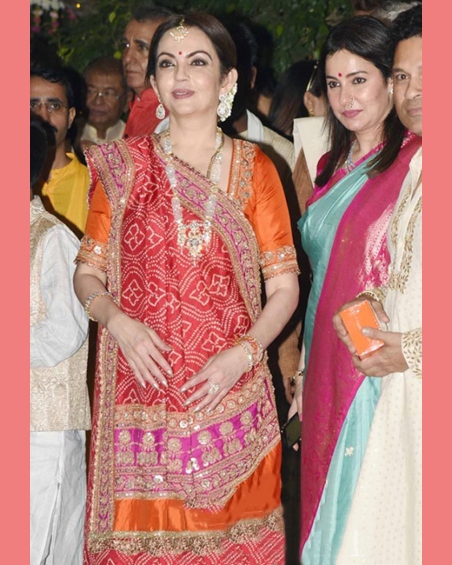
Rajasthan has always been an embodiment of a brilliant, colorful, and bright culture, capable of coloring individuals in their own colors. Rajasthan’s most popular sarees include Bandhej, Bandhani saree, Lehariya saree, and Kota Doriya silk saree. The sheer and delicate quality of the fabric, as well as the vibrant prints and motifs, may capture anyone’s heart.
Karnataka Saree – Coorgi Style Saree Drape
The Coorgi sari is a kind of sari from the Indian state of Karnataka that is well-known for its distinctive draping method.
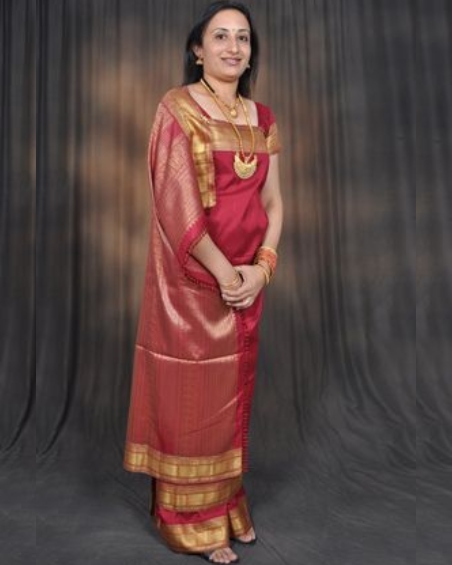
This one is also known as Kodagu Style Saree or Kodava Attire because of its front pallu tucked perfectly over the shoulder and saree pleats pushed rearward. Along with this Saree, the ladies of Coorg wear a piece of fabric on their heads that resembles the saree, known as Vastra.
There are so many more traditional sarees and how they are draped as per tradition and tribal cultural looks. But they are not worn regularly as much as the ones above.
Here are some stylish saree drapes we see Sari in nowadays. The trend of Indian Sari Then and Now is changing a lot, with time.
Saree Drapes NOW in Trend – Indian Sari Then and Now
Pant Style Saree Drape
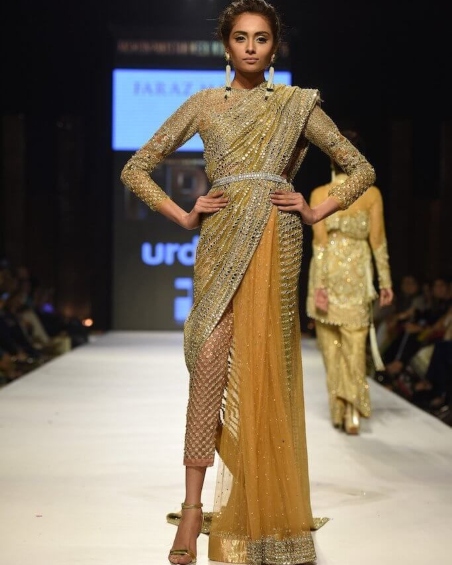
Wear saree trousers with the trendiest blouse styles, such as crop tops, peplum blouses, or embroidered ethnic jackets. They may also be worn with flowery blouses, off-the-shoulder shirts, high neck metallic tops, and so on. Combine them with a western-style cold shoulder blouse or a denim shirt to achieve an Indo western appearance.
Dhoti Style Saree Drape

This is one of the most recent Saree Draping Styles. The saree can be worn in a half-saree drape over dhoti pants. Leggings can also be worn instead of dhoti pants. This may simply transform your saree into a dhoti-style saree. To stand out from the crowd, pair your saree with a stylish top and enticing accessories.
Saree with Lehenga Drape – Indian Sari Then and Now

Saree with lehenga style drape is in trend these days. These kinds of styles will give you a mind-blowing styling impact on your style. All above are the most trending Indian Sari Then and Now styles to keep you updated with the time.
So, these all are from our side hope you!!! Along with these, there is lots of different trending style of saree that are change lots. We will be back in super soon till then wait and read our trending top blogs, to keep updated with the latest fashion trends as well as our Indian heritage culture.

